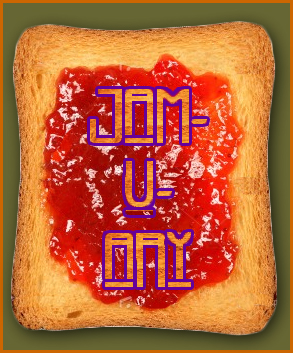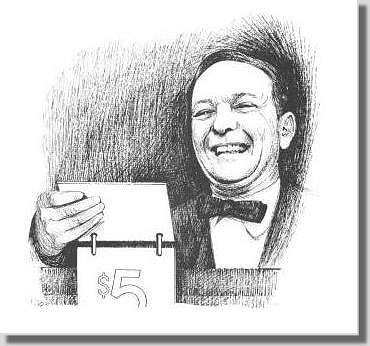Today’s double-shot jam and tale of uncharacteristic Stones jams and heavenly visions come courtesy of Townsman 2000 Man, Rock Town Hall’s resident Stones expert. I think you’ll dig it. Take it away, 2K!!!
I think everyone here probably understands that I think The Rolling Stones are pretty great. They may not have made their name as a JAMuary kind of band, but they can stretch out a little now and then. Their most famous jam is probably the second half of “Can’t You Hear Me Knocking,” where legend has it that Mick Taylor just never quit playing and a short, to the point rocker turned into a 7-minute song. The Stones also lay claim to being the first rock n’ roll band to break the 10-minute mark with “Going Home,” way back in 1966. Whether or not they were successful with either song is open for debate. I never minded that “Going Home” was so long, but I always kind of wished that “Can’t You Hear Me Knocking” would have wrapped up a lot sooner with the song just kind of falling apart.
Live, The Stones have been a whole ‘nother story. They went from a band that played 20-minute shows on a package tour to being the first band to drag their own sound and light shows across the country to make sure everything came out “just so.” Those shows lasted over an hour and The Stones managed to keep audiences waiting literally for hours for them to finally come out at 1:00 AM to start their show. These shows were more like the shows newer bands in 1969 were playing, and the audiences wanted more than a 20-minute adrenaline rush. They wanted to hear some musicianship. Fortunately The Stones didn’t usually just drag out a 2- or 3-minute idea into 10 minutes of blues noodling. Rather, they wrote some longer songs.
For a Stonesy contribution to the first JAMuary installment, I picked two well-known songs from Let It Bleed as they were played on the 1973 European Tour. These are from a radio broadcast of the Brussels show, and this is probably considered the “best” concert The Stones ever did by a whole lot of their fans. Partly because it sounds like a million bucks and in the day of the vinyl bootleg it was probably the most copied bootleg of any band, and certainly one of the best sounding boot lps ever. At this show “Midnight Rambler” is about twice as long as the original studio version, and “You Can’t Always Get What You Want” is about 5 minutes longer (minus the choir, so they must have found something else to do!).
The Rolling Stones, “Midnight Rambler”
I used to go to a great party in Ohio City every year. Everyone pretty much knew the host, and hardly anyone knew anyone else. There was chicken and ribs and tons of beer, so people got to know each other really well over the years. Inside the house, by the stereo, was a framed sleeve from the Sticky Fingers album with the picture of the band. Stuck into the upper corner was a button the owner bought from a parking lot vendor from Keith’s CNIB benefit concert in Canada. It was a picture of Keith and it said, “Thanks Canada, We Get to Keep Our Keef” underneath Keith’s trashed visage. I wanted that button real bad, and the guy said I could just have it. I told him I’d trade him a tape for it, and I’d have it at the next party. The next time, I brought that cassette, and he didn’t think I’d remember, but he gave me the button. I had the tape cued up at “Midnight Rambler,” and we blasted it on a nice old Marantz stereo. When it was done, he said, “I think I saw god.” I don’t know if you’ll like it that much but most people seem to really enjoy it. Keith and Mick Taylor sound great on it.
NEXT: You get what you need as well as what you want!
Continue reading »



